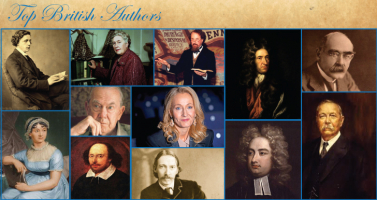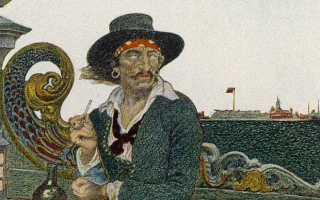Top 13 Most Famous Scientists of All Time
Find more about the top most famous scientist of all time in history. Examine their contributions to global scientific advancement as well. These are some of ... read more...the most famous scientists of all time.
-
The beginning of the list of most famous scientists of all time is Albert Einstein. Theoretical physicist Albert Einstein, who was born in Germany, is regarded as one of history's finest and most important scientists. He is most known for creating the theory of relativity, but he also made significant contributions to quantum mechanics. As a result, he played a crucial role in the contemporary physics movement that revolutionized science in the opening decades of the 20th century. "The world's most famous equation" is his relativity-derived formula for mass-energy equivalence, E = mc2.
His writing is also renowned for its impact on scientific thought. His discovery of the law of the photoelectric effect, which was a crucial milestone in the development of quantum theory, earned him the 1921 Nobel Prize in Physics. One of the man-made elements in the periodic table, Einsteinium, bears his name.
He authored 150 non-scientific publications in addition to more than 300 scientific ones. Universities and archives announced the release of Einstein's papers, which include more than 30,000 distinct documents, on December 5, 2014. The term "Einstein" has come to mean "genius" due to his creativity and academic accomplishments. Along with his independent research, he also worked with other scientists on a number of other projects, such as the Einstein refrigerator and the Bose-Einstein statistics.Born - Died: 1791-1867
Field: Physical
Important contributions: Theory of relativity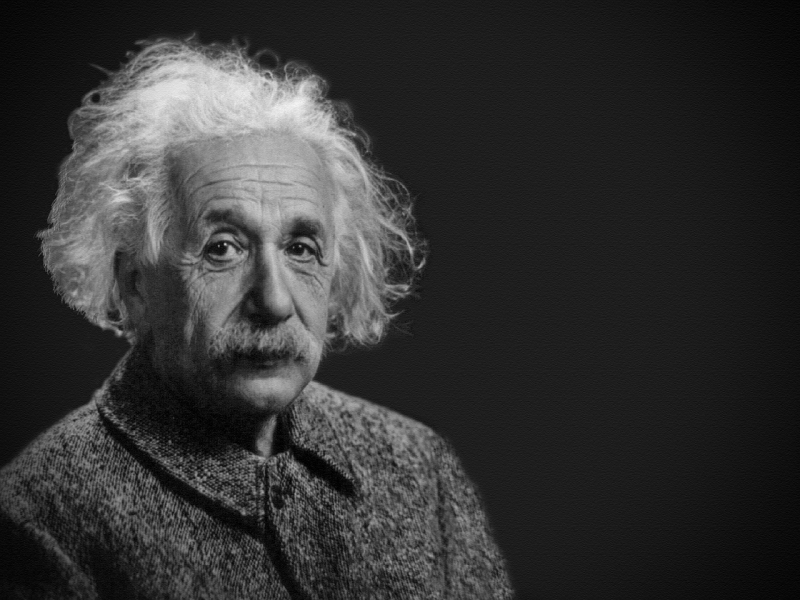
Photo by ParentRap ParentRap on Pixabay 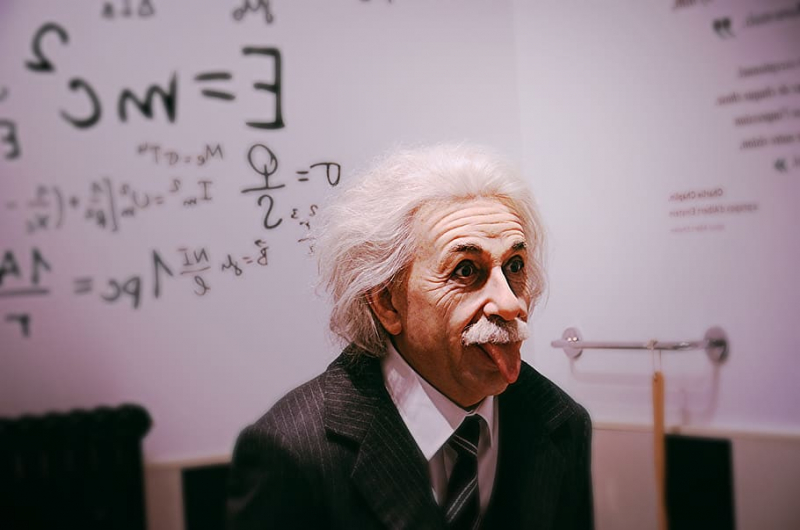
Photo on Wallpaper Flare -
In his day, Isaac Newton was referred to as a natural philosopher. He was an English mathematician, physicist, astronomer, alchemist, theologian, and author. He had a significant role in the Scientific Revolution and the ensuing Enlightenment. Newton co-developed the concept of infinitesimal calculus with German mathematician Gottfried Wilhelm Leibniz, and he made important contributions to optics as well.
Before the theory of relativity took its place, Newton's Principia included the laws of motion and universal gravitation, which constituted the prevailing scientific perspective for centuries. Newton eliminated uncertainty regarding the heliocentricity of the Solar System by using his mathematical description of gravity to deduce Kepler's laws of planetary motion, account for tides, the paths of comets, the precession of the equinoxes, and other phenomena. He showed that the same concepts could be used to explain the motion of things on Earth and heavenly bodies. The geodetic observations of Maupertuis, La Condamine, and others eventually corroborated Newton's deduction that the Earth is an oblate spheroid, persuading the majority of European scientists that Newtonian mechanics is superior to prior theories.
Based on his discovery that a prism divides white light into the visible spectrum's colors, Newton constructed the first useful reflecting telescope and created the theory of color. His very significant book Opticks, which was published in 1704, gathered his work on light.Born - Died: 1643-1727
Field: mathematical, physical, astronomical, alchemical, theologian
Important contributions: formulated the laws of motion and universal gravitation
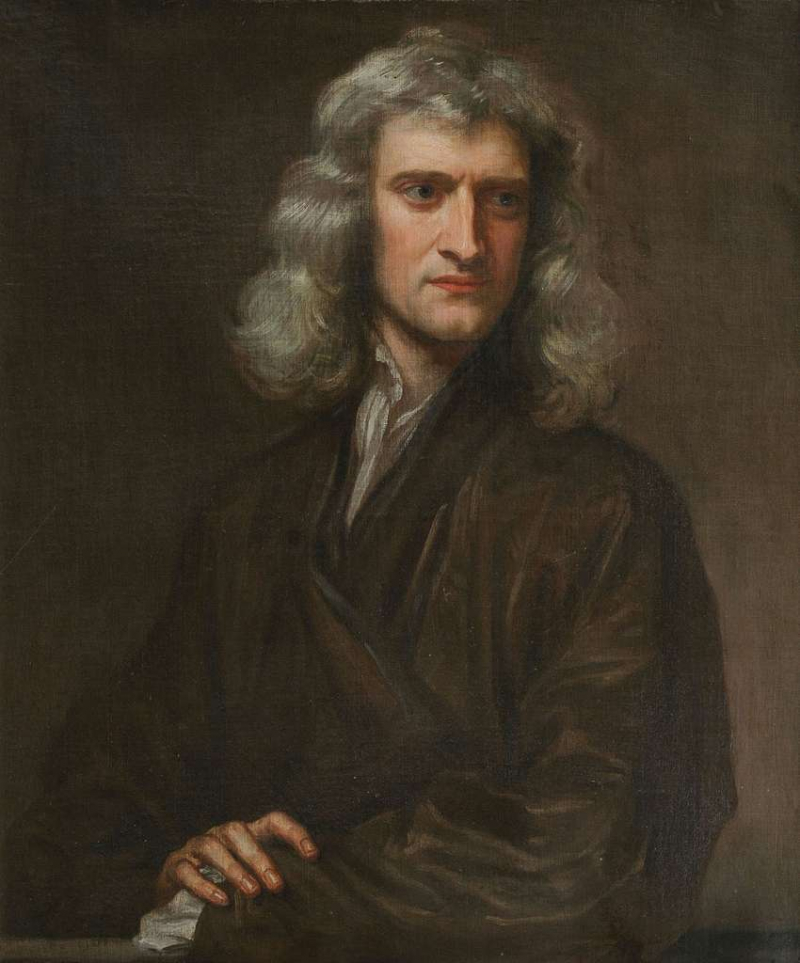
Photo on Picryl (https://picryl.com/media/portrait-of-sir-isaac-newton-1689-e35d26) 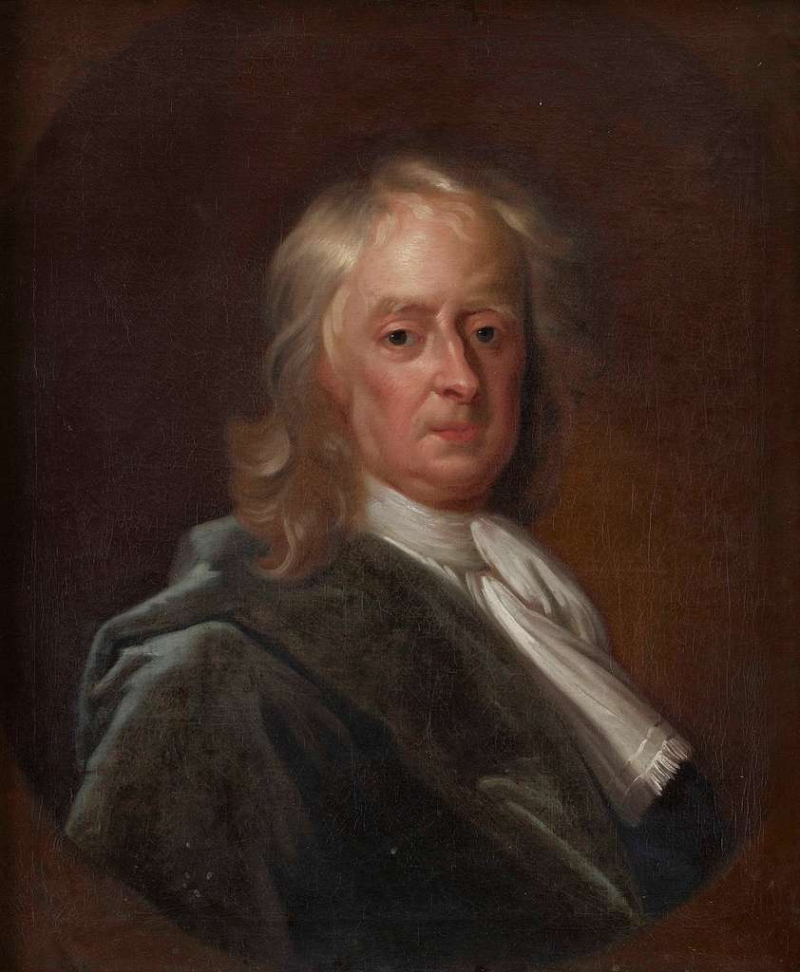
Photo on Collections - GetArchive (https://garystockbridge617.getarchive.net/media/portrait-of-sir-isaac-newton-by-enoch-seeman-c-1726-6689ad) -
The founder of Pythagoreanism and an ancient Ionian Greek philosopher by the name of Pythagoras. In every memory of middle or high school geometry, the teacher drew right triangles on the board to illustrate the Pythagorean theorem. It was learned that the square of the longest side, or hypotenuse, is equal to the sum of the squares of the other sides. In other words, a2 + b2 equals c2. The evidence that came next added a degree of confidence that was uncommon in other high school subjects, such as social studies, and English.
Pythagoras, a Greek philosopher, and mathematician who lived in the sixth century B.C., is credited with creating the theorem bearing his name and several proofs. Although many academics leave open the possibility that Pythagoras devised the first proof, Karen Eva Carr, a retired historian at Portland State University, claims that Babylonian and Egyptian mathematicians employed the equation millennia before Pythagoras. Furthermore, Pythagoras' pupils frequently credited their teacher with their own mathematical discoveries, making it hard to distinguish between who came up with what.
According to legend, Pythagoras and his adherents engaged in a spiritual exercise called "smoke trapping". This entailed igniting a fire until poisonous gasses filled the area after entering a confined place, usually a cave. Because of the smoke's high levels of carbon monoxide and lack of oxygen, they would inhale it and have intense hallucinations. According to legend, they would see heavenly geometric patterns and designs, which they would then use charcoal to reproduce into the walls for further analysis.
Born - Died: c. 570 BC - c. 495 BC
Field: credited with inventing his namesake theorem and various proofs
Important contributions: Philosophical and mathematical
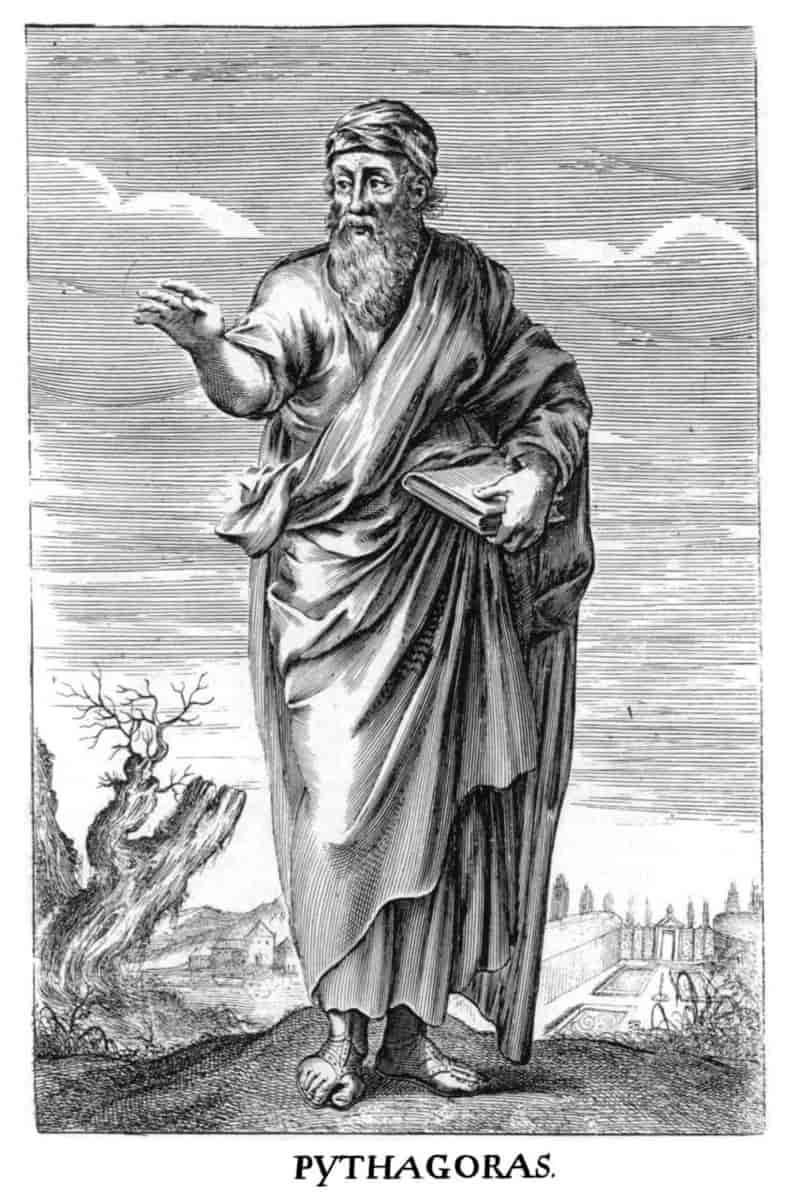
Photo on Store norske leksikon 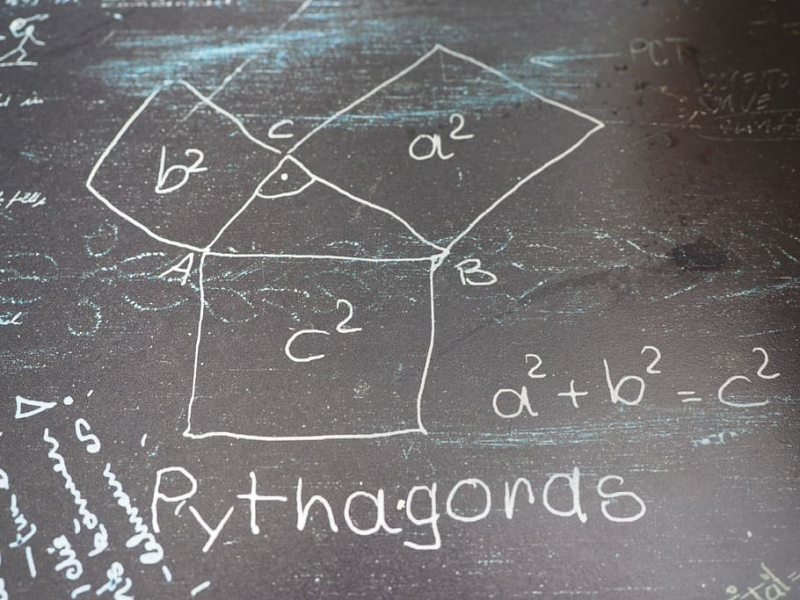
The Pythagorean Theorem - Photo on Wallpaper Flare (https://www.wallpaperflare.com/search?wallpaper=pythagoras) -
The contemporary system of naming creatures was defined by the Swedish botanist, zoologist, taxonomist, and physician Carl Linnaeus. The "father of modern taxonomy" is what he is referred to as. His name is spelled Carolus Linnaeus in Latin for many of his publications and Carolus a Linné following his 1761 ennoblement.
At Uppsala University, where he spent most of his further schooling, he started offering botany classes in 1730. Between 1735 to 1738, he lived abroad, studying and publishing his Systema Naturae's first edition in the Netherlands. Afterward, he returned to Sweden and started teaching medicine and botany at Uppsala. He undertook several expeditions in Sweden in the 1740s to locate and catalog flora and animals. He continued to gather and categorize animals, plants, and minerals throughout the 1750s and 1760s while also writing many books. At the time of his passing, he was one of Europe's most well-known scientists.
Linnaeus is regarded as the inventor of taxonomy, which groups all species of living things into evolutionary hierarchies or family trees. However, the meticulous Swede was more concerned in identifying things than in organizing them, a focus that Charles Darwin introduced in the next century. Many of Linnaeus' other theories have been replaced as our understanding of evolution and, more recently, genetic studies have altered how we classify and arrange living things. But his naming scheme-so flexible and easy-remains.
Born - Died: 1707-1778
Field: Botanical, zoological, taxonomical
Important contributions: The father of taxonomy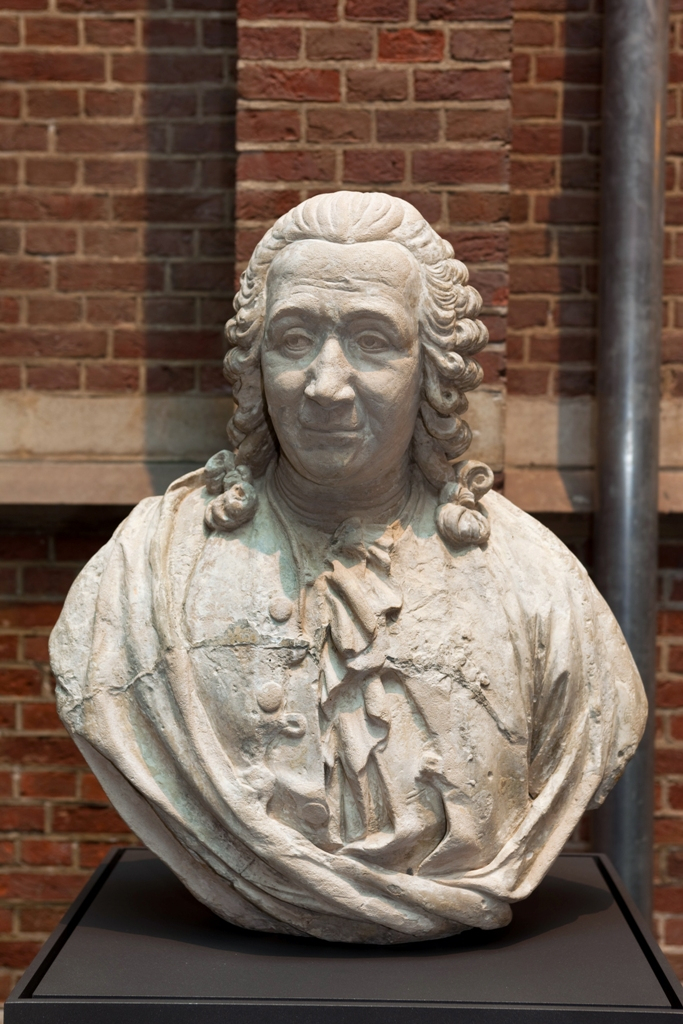
Photo on Wikimedia Commons (https://commons.wikimedia.org/wiki/File:Portret_van_Carolus_Linnaeus,_botanicus_Icones_159.jpg) Video on Biographics -
The Watt steam engine, created in 1776 by Scottish inventor, mechanical engineer, and chemist James Watt, was a key component of the Industrial Revolution that transformed both his home Great Britain and the rest of the globe. Watt improved on Thomas Newcomen's 1712 Newcomen steam engine.
Watt developed an interest in steam engine technology while working as an instrument maker at the University of Glasgow. He understood that by constantly chilling and reheating the cylinder, modern engine designs lost a significant amount of energy. The separate condenser, a design improvement made by Watt, prevented this energy wastage and significantly increased the power, efficacy, and affordability of steam engines. He eventually modified his engine to generate rotational motion, substantially expanding its application beyond water pumping.
Watt made an effort to sell his innovation but ran into serious financial problems until forming a collaboration with Matthew Boulton in 1775. Watt finally got wealthy and the new business of Boulton and Watt became very successful. Watt continued to create other innovations after retiring, although none were as significant as his work on the steam engine.Born - Died: 1736-1819
Field: Invention, mechanical engineer, and chemical
Important contributions: improved on Thomas Newcomen's Newcomen steam engine's Newcomen steam engine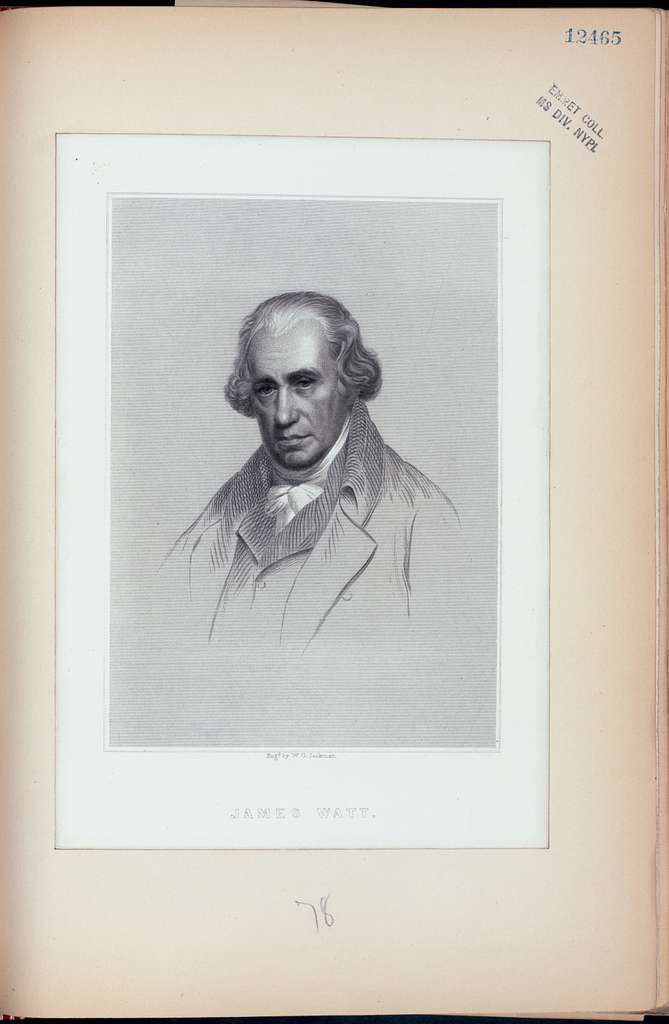
Photo on PICRYL (https://picryl.com/media/james-watt-26de0b) 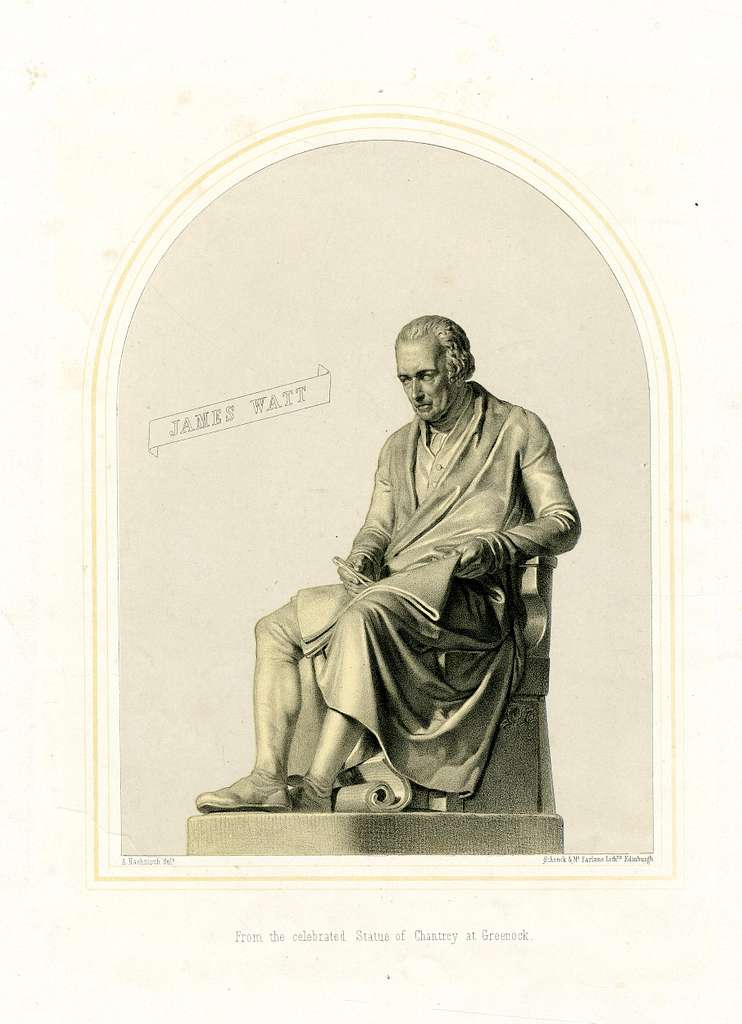
Photo on Collections - GetArchive (https://garystockbridge617.getarchive.net/amp/media/james-watt-bm-187210124621-b07137) -
The concepts of vaccination, microbial fermentation, and pasteurization were discovered by French chemist and microbiologist Louis Pasteur. The latter was named in his honor. His chemical studies produced ground-breaking understandings of disease causation and prevention, forming the basis for public health, hygiene, and much of contemporary medicine.
The life work of the French scientist and biologist was microbiology and chemistry. Tens of millions of people have been spared from infectious illnesses because to Pasteur's ideas. He was the pioneering researcher who investigated microbial fermentation in food components.
He created treatments for rabies, anthrax, puerperal fever, and other illnesses. Pasteur also created the method of pasteurization, which involves heating milk and other liquids to a specific temperature and letting them cool in order to kill hazardous germs.
He created this method after learning that germs were to blame for alcohol spoilage. He has received recognition as the "father of bacteriology" and the "father of microbiology" and is considered as one of the pioneers of contemporary bacteriology.
Born - Died: 1822-1895
Field: chemical and microbiological
Important contributions: discovery of the principles of vaccination, microbial fermentation, and pasteurization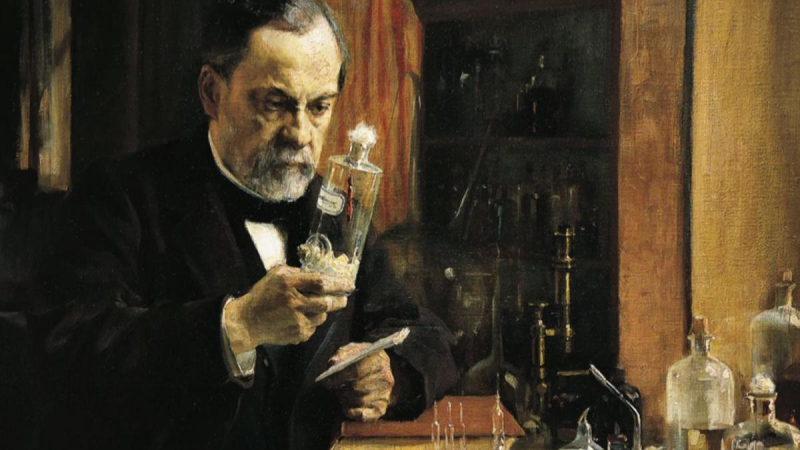
Photo on Wikimedia Commons (https://commons.wikimedia.org/wiki/File:Louis-pasteur---mini-biography.jpg( 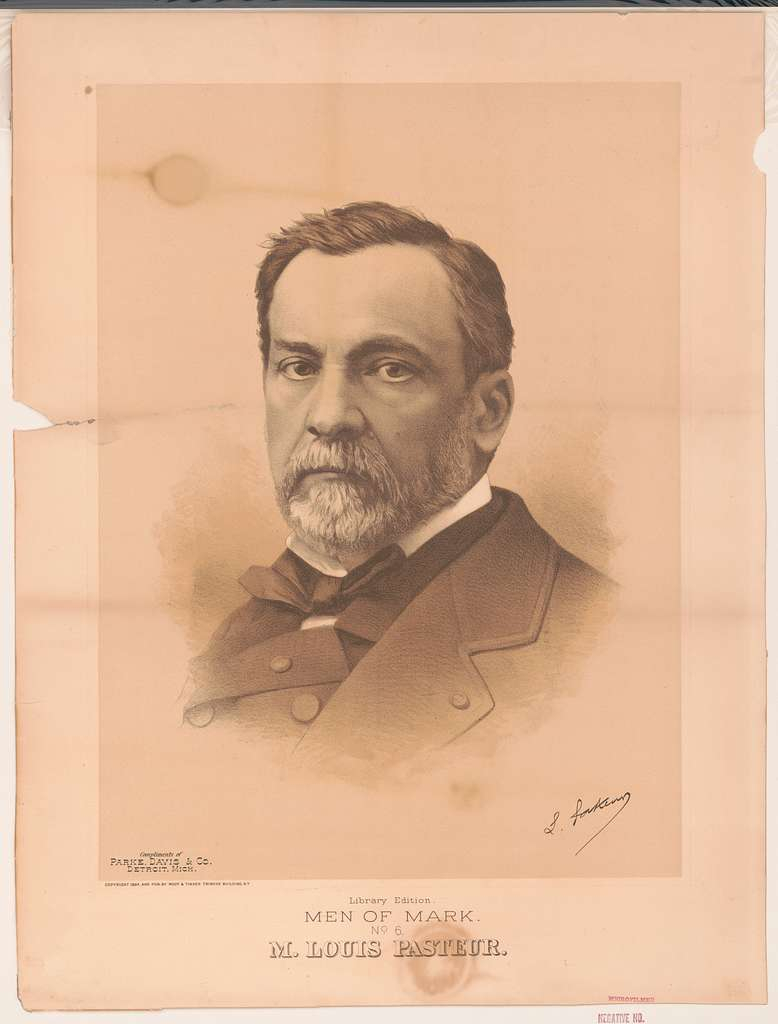
Photo on Picryl (https://picryl.com/media/men-of-mark-library-edition-no-6-m-louis-pasteur-2f102a) -
Marie Curie was a pioneering researcher on radioactivity who was Polish and French by naturalization. She was the first person to receive the Nobel Prize for a woman, the first to win it twice, and the only one to win it in two different scientific domains.
Despite having a French name, Marie Curie's life did not begin there. Her difficult journey to Paris and triumph is just as deserving of appreciation as her scientific achievements.
Henri Becquerel, a French physicist, inspired Curie at the University of Paris. He found that uranium emits something that, while not precisely the same as X-rays, which had only been discovered the year before, looked a lot like them in 1896. Curie was so intrigued that she chose to study uranium and its enigmatic rays for her doctoral thesis.
Marie Curie eventually understood that whatever was generating these rays was occurring at the atomic level, which was a crucial first step in realizing that atoms weren't the tiniest unit of matter. It was a turning point in the history of what Curie would later coin as radioactivity.In about the same period, Curie fell in love with and wed her French husband, Pierre, a brilliant scientist who gave up his own career to assist in his wife's studies. When the two began investigating uranium-containing minerals and the uranium-rich ore pitchblende, they discovered that the latter was four times more radioactive than pure uranium.
Born - Died: 1895-1906
Field: Physical and chemical
Important contributions: conducted pioneering research on radioactivity
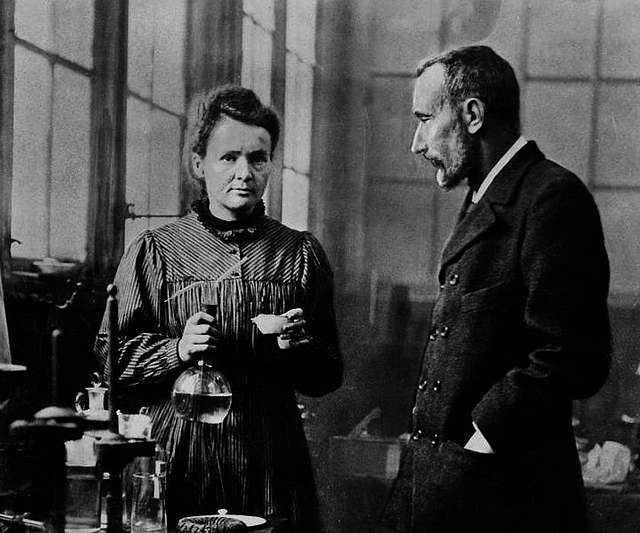
Photo on Picryl (https://picryl.com/media/portrait-of-marie-curie-and-pierre-curie-0b35dd) 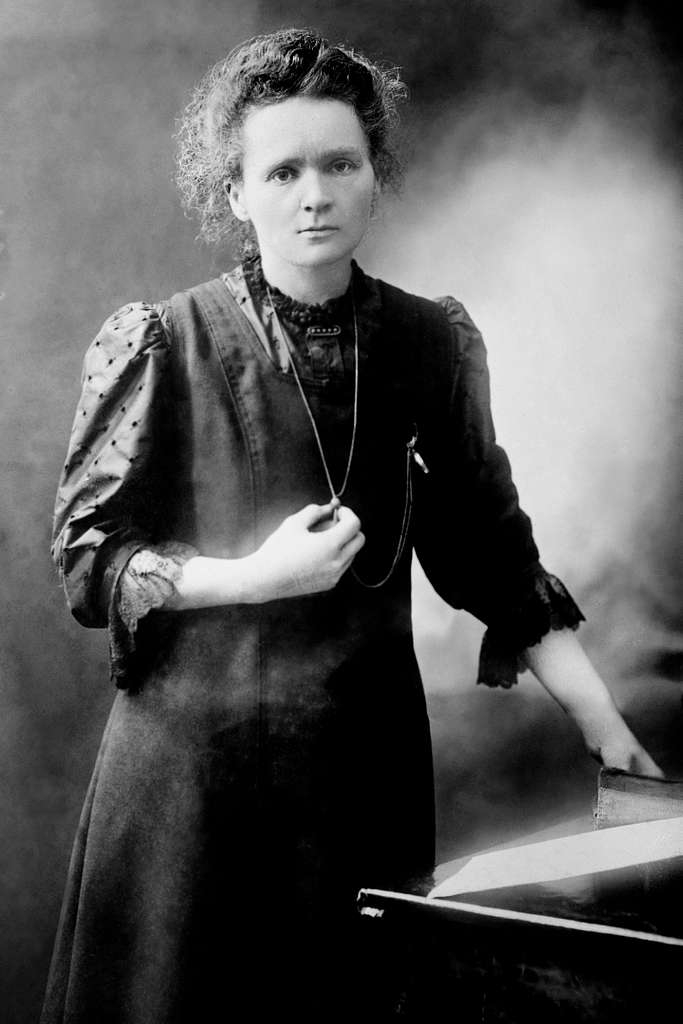
Photo on Picryl (https://picryl.com/media/marie-curie-c-1898-ab994c) -
Italian astronomer, physicist, and engineer Galileo Galilei was frequently referred to be a polymath. The scientific method, modern-era classical physics, observational astronomy, and contemporary science have all been credited to Galileo.
Galileo engaged on practical science and technology, detailing the characteristics of pendulums and "hydrostatic balances" in addition to studying speed and velocity, gravity and free fall, the theory of relativity, inertia, and projectile motion. He developed the thermoscope, created several military compasses, and made use of the telescope to make studies of celestial objects for science. Telescopic confirmation of Venus' phases, observations of Jupiter's four biggest satellites, observations of Saturn's rings, and analyses of lunar craters and sunspots are only a few of his contributions to observational astronomy.
Galileo's promotion of Copernican heliocentrism-the idea that the Earth revolves around the Sun on a daily basis-was opposed by the Catholic Church and certain scientists. The Roman Inquisition looked into the issue in 1615 and came to the conclusion that heliocentrism was wrong, ridiculous, and heretical since it went against Holy Scripture.
In Dialogue Concerning the Two Chief World Systems (1632), Galileo later defended his ideas. This work appeared to criticize Pope Urban VIII, alienating the Pope and the Jesuits, who had previously backed Galileo. When the Inquisition tried him, they declared him to be "vehemently suspect of heresy" and had him retract his statements.
Born - Died: 1564-1642
Field: astronomical, physical, and engine
Important contributions: Studied speed and velocity, gravity and free fall, the principle of relativity, inertia, and motion of projectiles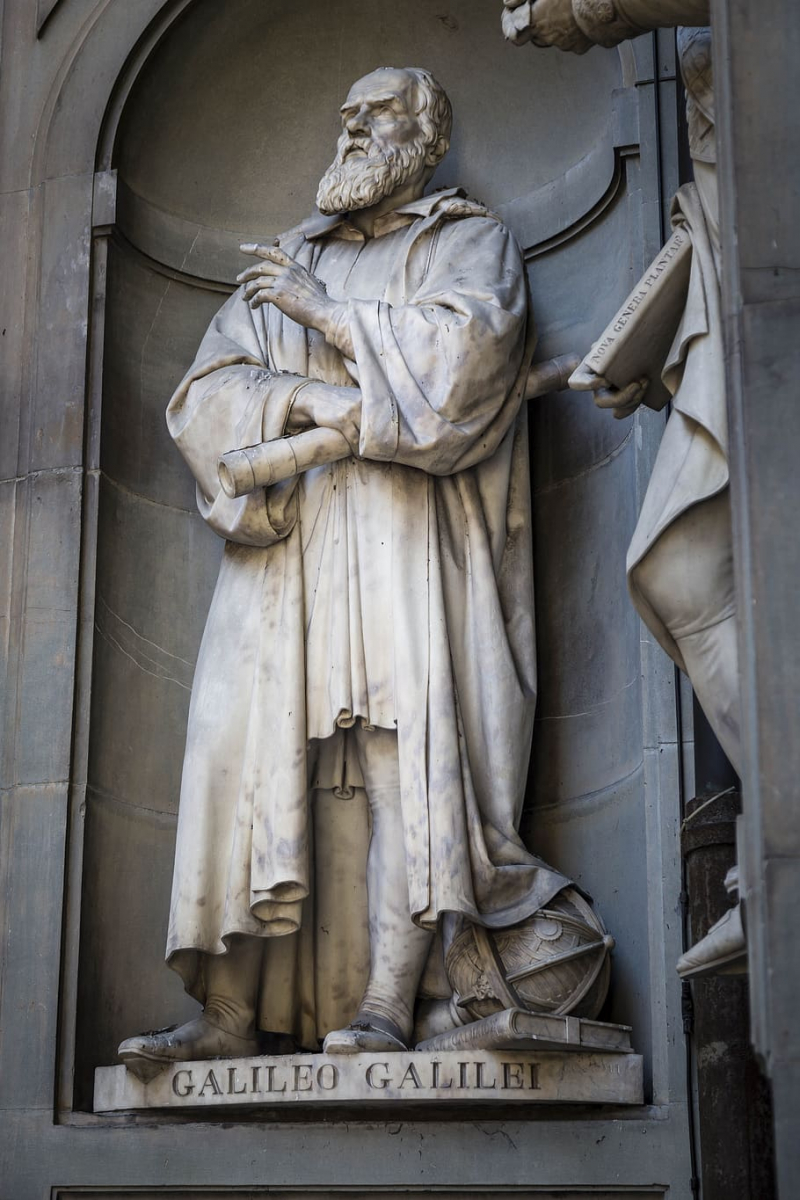
Photo on Wallpaper Flare (https://www.wallpaperflare.com/galileo-galilei-statue-florence-italy-monument-astronomer-wallpaper-wgenn) 
Photo on Collections - GetArchive (https://garystockbridge617.getarchive.net/media/ritratto-di-galileo-galilei-fine-xviii-sec-accademia-delle-scienze-di-torino-d469e8) -
English scientist, geologist, and biologist Charles Robert Darwin is well-known for his contributions to evolutionary biology. His theory that all living things have a common ancestry is now widely recognized and regarded as a fundamental idea in science. He presented his scientific idea that this branching pattern of evolution was the product of a process he called natural selection, in which the battle for existence has a comparable impact as the artificial selection involved in selective breeding. This theory was first published in collaborative work with Alfred Russel Wallace. Darwin was honored by a burial in Westminster Abbey and has been hailed as one of the most significant people in human history.
Darwin's early fascination with nature caused him to forego his medical studies at the University of Edinburgh in favor of contributing to research on marine invertebrates. He was inspired to pursue natural science during his time at Christ's College at the University of Cambridge from 1828 to 1831. Charles Lyell's theory of slow geological change was backed by Darwin's observations and speculations during his five-year trip aboard the HMS Beagle from 1831 to 1836. The publication of his record of the journey helped Darwin become a well-known writer.
Darwin's discoveries led him to the unsettling conclusion that the Victorian-era beliefs on the origins of animals were all false. The majority of people in Darwin's day still believed in creationism, which holds that the diversity of life on Earth is the result of divine intervention.
Born - Died: 1809-1882
Field: naturalism, geological and biological
Important contributions: Contributed to evolutionary biology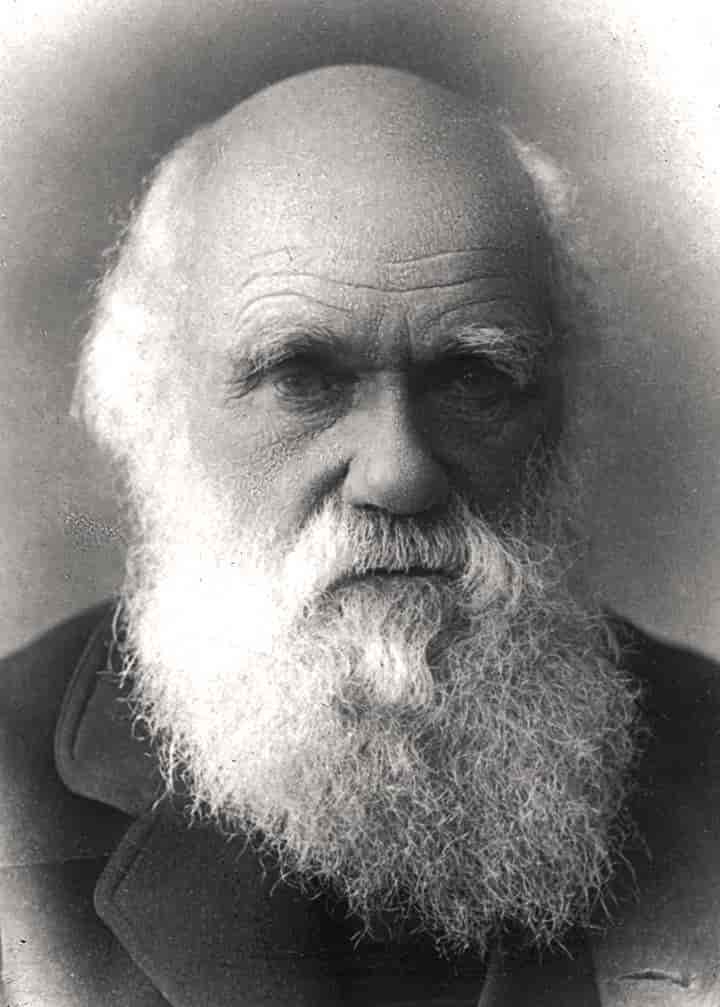
Photo on Store norske leksikon (https://snl.no/Charles_Darwin) 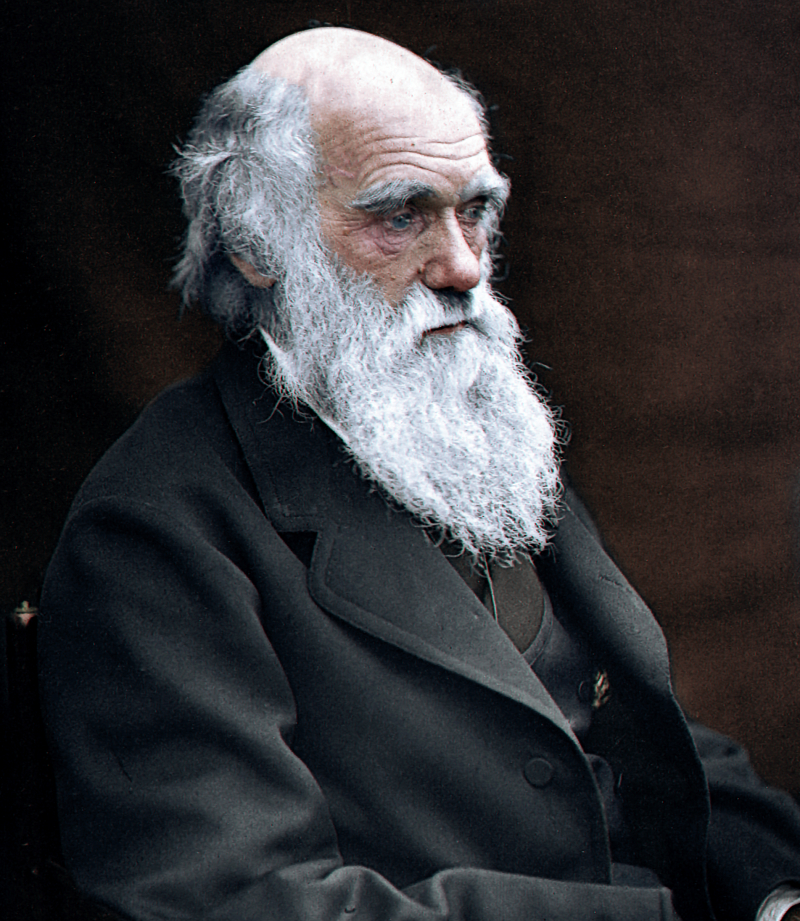
Photo on Wikimedia Commons (https://commons.wikimedia.org/wiki/File:Charles_Darwin,_English_naturlist,_colored.jpg) -
The contemporary alternating current (AC) energy supply system was designed in part by Serbian-American inventor, electrical engineer, mechanical engineer, and futurist Nikola Tesla.
Tesla, who was born and reared in the Austrian Empire, pursued engineering and physics studies in the 1870s without earning a degree. He gained real-world experience in the early 1880s while working in telephony and at Continental Edison in the fledgling electric power sector. He immigrated to the country in 1884, where he later became a citizen via naturalization. Before going on his own, he spent a brief period of time working at the Edison Machine Works in New York City. Tesla established laboratories and businesses in New York to create a variety of electrical and mechanical devices, with the aid of partners to fund and promote his ideas. He received a sizeable sum of money for his alternating current (AC) induction motor and associated polyphase AC patents, which Westinghouse Electric licensed in 1888. These inventions served as the cornerstone of the polyphase system that Westinghouse Electric subsequently commercialized.
Tesla was a pioneer of his era and one of the finest physicists, but his quirky genius is likely what makes him most famous today. He previously put up a tower system that he said could wirelessly broadcast electricity and signals throughout the globe while drawing energy from the environment. But the project was never finished because his theories were flawed. Additionally, he claimed to have created a "death ray."
Born - Died: 1856-1943
Field: invention, electrical engineers, mechanical, futural
Important contributions: designed the modern alternating current (AC) electricity supply system, invented a “death ray”
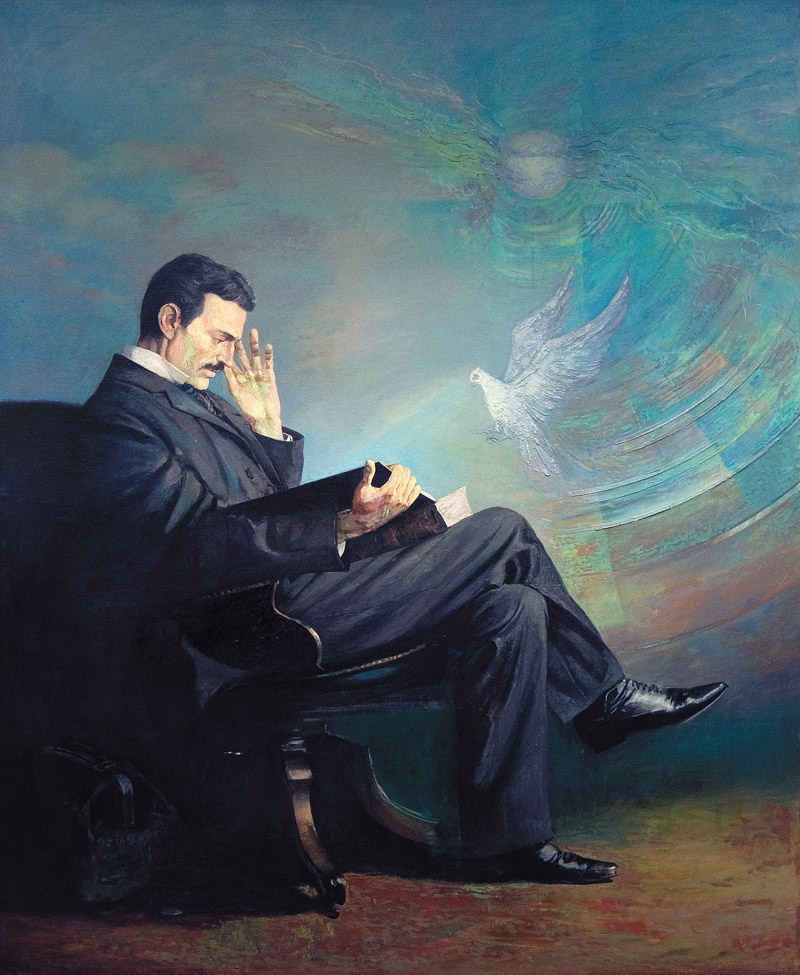
Photo on Wikimedia Commons (https://commons.wikimedia.org/wiki/File:Ljubomir_Simonovi%C4%87_-_Nikola_Tesla_2.jpg) 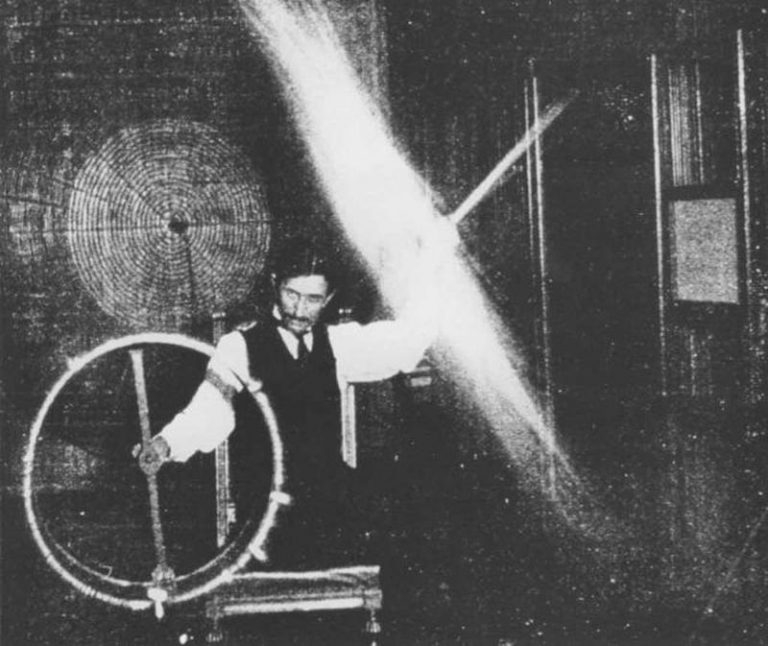
Photo on Wikimedia Commons (https://commons.wikimedia.org/wiki/File:Nikola-Tesla-experimenting-768x646.jpg) -
English mathematician and author Augusta Ada King, Countess of Lovelace, is most known for her contributions to Charles Babbage's Analytical Engine, a mechanical general-purpose computer. She was the first to realize the machine might be used for purposes more than simple computation.
She was much ahead of her time, and that is an understatement. A full century before the development of modern computers, Ada Lovelace established herself as the first computer programmer. Without the help of British engineer, inventor, and mathematician Charles Babbage, she would not have succeeded. Early in the 1830s, when Lovelace was only 17 and still going by her maiden name of Byron, they began working together.
Lovelace was a lifelong proponent of phrenology and mesmerism, as well as other scientific fads that were popular at the time. Lovelace carried on working on other projects after her time working with Babbage. She mentioned her ambition to develop a mathematical model for how the brain generates thoughts and the nervous system generates sensations to a friend, Woronzow Greig, in 1844 ("a calculus of the nervous system").
She wrote to her mother about "certain productions" she was working on addressing the connection between arithmetic and music in 1851, the year before she was diagnosed with cancer.
Born - Died: 1815-1852
Field: Mathematical, literature
Important contributions: first computer programmer
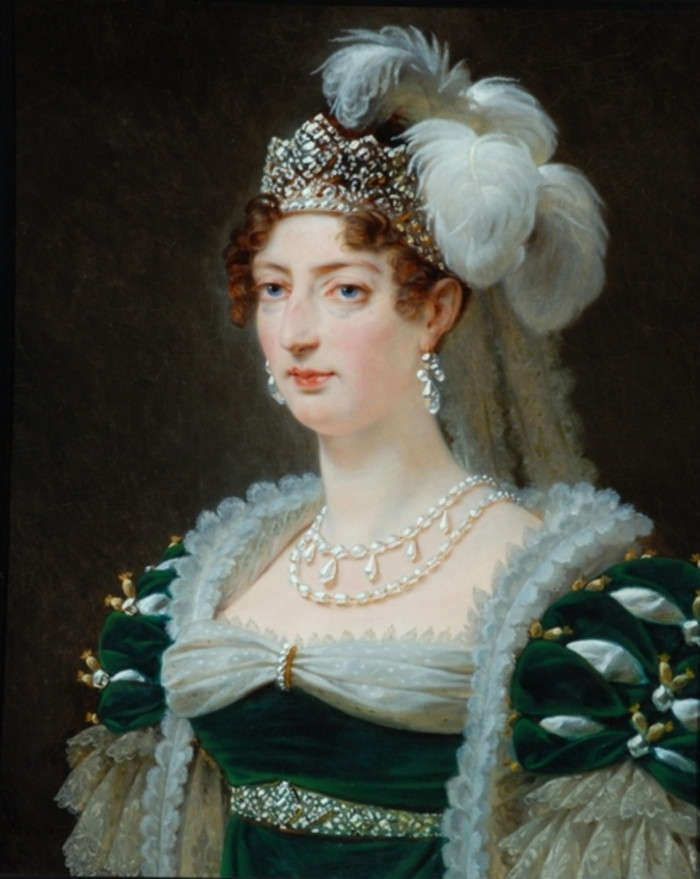
Photo on Collections - GetArchive (https://jenikirbyhistory.getarchive.net/amp/media/duchess-dangouleme-37e697) Video on WithViz -
Rosalind Elsie Franklin, a British scientist, and X-ray crystallographer, made significant contributions to our understanding of the molecular structures of viruses, coal, and graphite, as well as DNA (deoxyribonucleic acid) and RNA (ribonucleic acid). Franklin has been referred to as the "wronged heroine," the "dark lady of DNA," the "forgotten heroine," a "feminist icon," and the "Sylvia Plath of molecular biology" for her contributions to the discovery of the structure of DNA, despite the fact that her work on coal and viruses was recognized during her lifetime.
Franklin was also a superb scientist and an expert in X-ray crystallography, a method of imaging that uses the pattern of scattered X-ray beams to reveal the molecular structure of matter. Although her early work on the microstructures of carbon and graphite is frequently referenced, her work with DNA was the most important and may have earned three scientists a Nobel Prize.
However, in 1956, at the height of her career, she was diagnosed with ovarian cancer, possibly as a result of her frequent X-ray work. Up until her passing in 1958 at the age of 37, Franklin kept up her work in the lab.
Born - Died: 1920-1958
Field: Chemical and crystallographical
Important contributions: works on coal and viruses, the discovery of the structure of DNA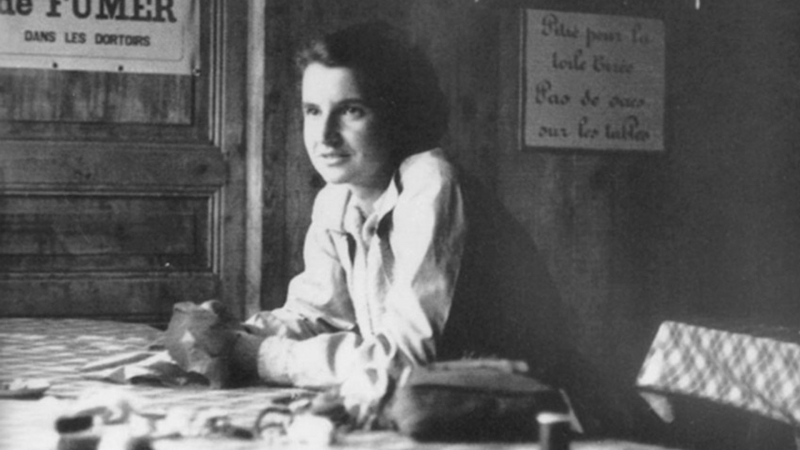
Photo on Wikimedia Commons (https://commons.wikimedia.org/wiki/File:Rosalind-franklin-in-paris.jpg) Video on BrightVibes -
The atmospheric engine was developed by Englishman Thomas Newcomen in 1712 and was the first usable fuel-burning engine. He is also one of the most famous scientists of all time. He was a Baptist lay preacher by calling and an ironmonger by trade.
A merchant family welcomed him into the world at Dartmouth, Devon, England, where he was christened on February 28, 1664, at St. Saviour's Church. Flooding was a significant issue back then in the coal and tin mines. Soon after, Newcomen began working to find better ways to remove water from these mines by pumping it out. His ironmongery company focused on creating, producing, and marketing equipment for the mining sector.
The steam engine that Newcomen invented about 1712, integrating the concepts of Thomas Savery and Denis Papin, was his greatest accomplishment and was used to move water out of a tin mine. Savery, whose ancestors were merchants in south Devon, was probably already familiar to Newcomen. Additionally, Savery was employed by the Commissioners for Sick and Hurt Seamen, which required him to travel to Dartmouth. As a type of thermic syphon, Savery's "fire engine" allowed steam into an empty container before it condensed. The water in the sump at the bottom of the mine was sucked out using the vacuum that was thus produced. The "fire engine" had a restricted working depth of around thirty feet and was not particularly efficient.
Born - Died: 1664-1729
Field: Invention
Important contributions: created the atmospheric engine, the first practical fuel-burning engine, steam engine
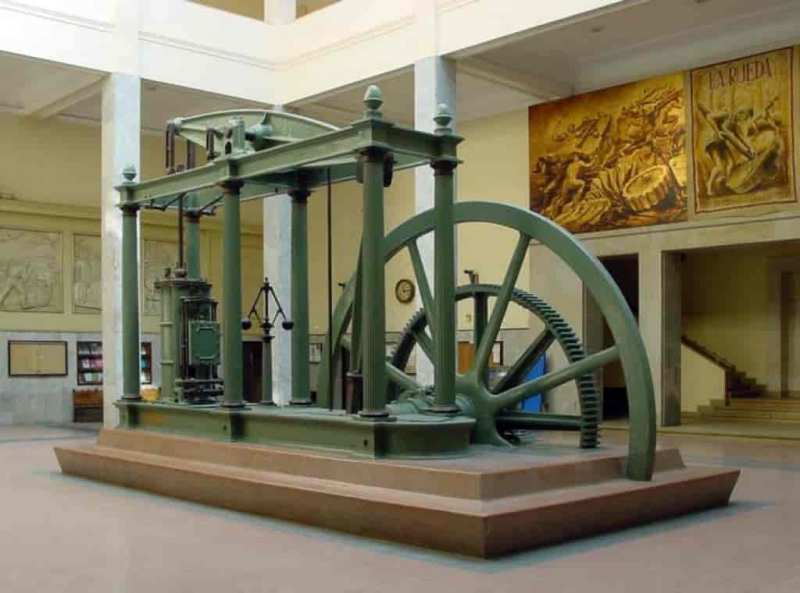
Steam engine - Photo on Store norske leksikon (https://snl.no/dampmaskin) Video on HISTORIAN















